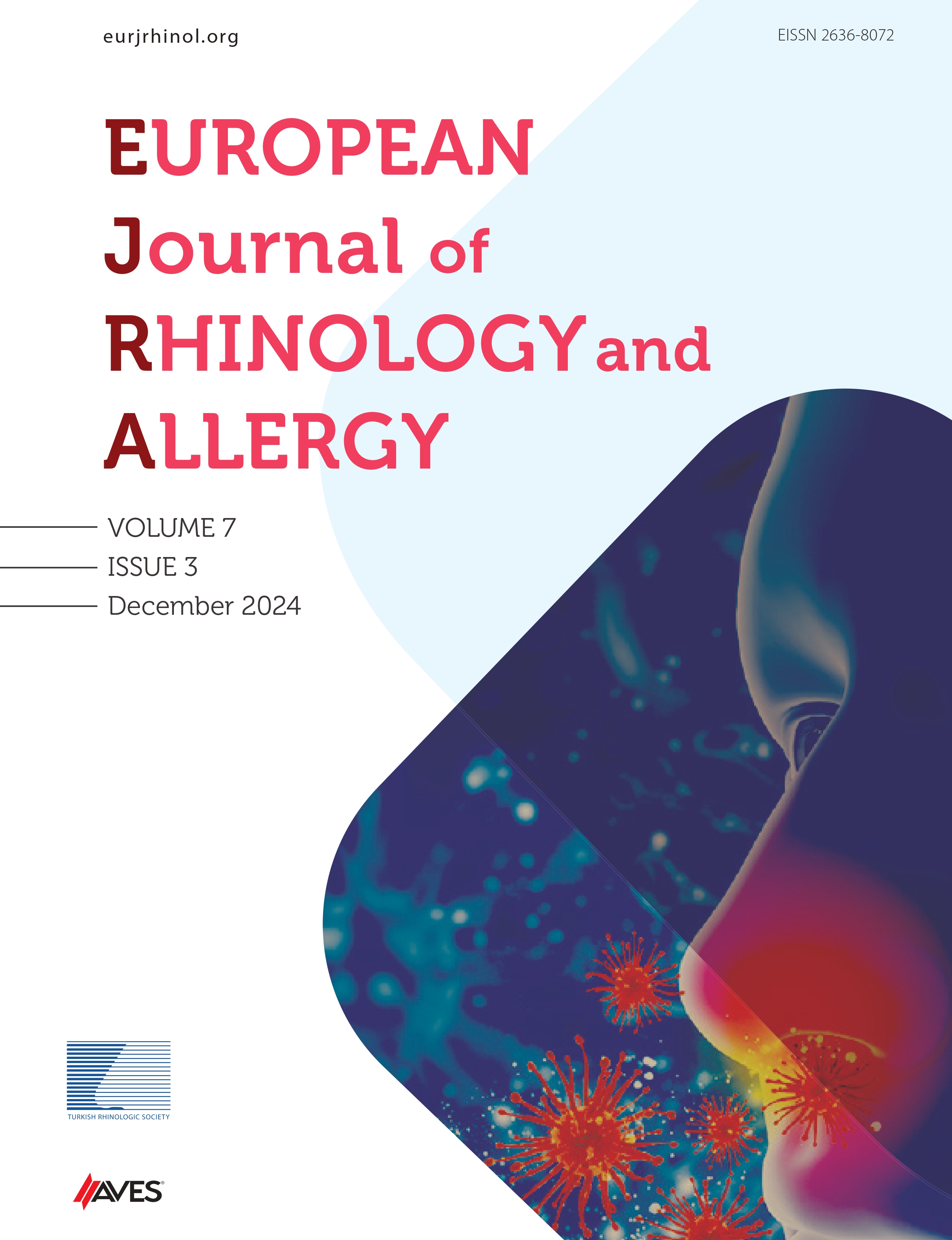Abstract
The beginning symptoms in patients with acute myeloid leukemia (AML) can show differences often because of mucocutaneous bleedings and leukemic infiltrations in the extramedullary area. Actually, nose bleeding is not an uncommon beginning symptom. However, these patients can be ignored easily in the emergency room, and serious complications can be seen. A 28-year-old female patient applied to our clinic to remove her nasal packing. Her nasal packing was placed 2 days ago in another clinic for bleeding during examination. Blood sample results showed that the patient had anemia and thrombocytopenia. The result of immunophenotyping was compatible with AML M3. After 1 day, subarachnoid hemorrhage was detected on computed tomography. She had a convulsion, and her saturation decreased. The patient was intubated and accepted as exitus despite cardiopulmonary resuscitation. Epistaxis is a very common onset symptom in AML. However, it is rarely remembered by otorhinolaryngologist. If a young patient without hypertension or other known systemic disease has severe epistaxis after a simple nose examination, blood count and peripheral blood smear must be requested absolutely. Otherwise, it may be too late for the patient, and mortality may be encountered in this case.
Cite this article as: Özer F, Solmaz S, Yılmazer C. The First Symptom of Acute Myeloblastic Leukemia: Massive Epistaxis. Eur J Rhinol Allergy 2018; 1: 73-5.

.png)

.png)